Paradise Casino Walker Hill (파라다이스 카지노 워커힐)
11.9Km 2025-05-16
177, Walkerhill-ro, Gwangjin-gu, Seoul
+82-1899-0700
Paradise Casino Walker Hill is a foreigner-exclusive casino operating inside Walker Hill Hotel, from where guests can enjoy a fine view of the Hangang River nearby. The casino is open 24 hours a day, all year round, and offers baccarat, blackjack, roulette, and tai-sai tables among others, and a variety of slot machines as well. The game tables are run by expert dealers, and staff members are fluent in many languages to serve the customers’ needs.
Grand Walkerhill Seoul (그랜드 워커힐 서울)
11.9Km 2021-02-24
177, Walkerhill-ro, Gwangjin-gu, Seoul
+82-2-455-5000
Grand Walkerhill is located in the center of Seoul, surrounded by beautiful nature and the Hangang River as well as the greenery of Achasan Mountain. It offers a comfortable resting place, banquet halls, and venues for entertainment, aiming to be a specialized premium hotel and valued as the best urban resort. It is equipped with 557 guestrooms, restaurants and bars, and 11 convention centers, including a grand banquet hall that can accommodate up to 1,000 people. The hotel also features an outdoor leisure sports area and kids' club for family entertainment.
Vista Walkerhill Seoul, Wellness Club (비스타 워커힐 서울, 웰니스클럽)
11.9Km 2024-12-12
177, Walkerhill-ro, Gwangjin-gu, Seoul
+82-2-455-5000
Vista Walkerhill Seoul is nestled in Achasan Mountain like a cloud overlooking the Hangang River. It offers beautiful natural sceneries that cannot be found in downtown. A combination of high technology and nature adds vitality while allowing guests to relax surrounded by nature. A new space where humans, nature, and the future coexist. Vista Walkerhill Seoul leads a sustainable and luxurious culture through differentiated and creative lifestyle experiences.
Grande Walkerhill Seoul Myongwolgwan (그랜드 워커힐 서울 명월관)
11.9Km 2020-06-13
177, Walkerhill-ro, Gwangjin-gu, Seoul
+82-2-450-4595
Myongwolgwan is a charcoal-grilled galbi (marinated short ribs) specialty restaurant located at the Grande Walkerhill Seoul Hotel. Housed in a building that gracefully combines traditional hanok (Korean-style house) architecture with elements of modern design, Myongwolgwan is renowned for its delicious galbi dishes. The restaurant’s galbi dishes are prepared with top-quality beef, marinated in a delectable mix of natural ingredients, and cooked to perfection on a traditional hardwood charcoal grill. Also boasting a wide assortment of wines and an outdoor garden overlooking the Hangang River, Myongwolgwan offers one of the area’s most exquisite fine dining experiences. The outdoor garden may also be booked for large gatherings and special events.
Grand Walkerhill Riverpark (Outdoor swimming pool) (그랜드 워커힐 리버파크 수영장(야외수영장))
11.9Km 2022-12-21
177, Walkerhill-ro, Gwangjin-gu, Seoul
+82-2-450-4630
Grand Walker Hill Riverpark is a swimming pool using water comprised of alkali ingredients such as sodium and potassium from underground granite. Since it opened in 1994, the Riverpark is one of Seoul's most popular summer getaways to enjoy swimming. Located by the Hangang River and Achasan Mountain, it provides fresh air as well as the beautiful nature scenery. People can use any of the various facilities, including the main pool, lazy river, swimming pool for children, pool-side restaurant offering special summer lunch, and sun tanning beds.
Jalppajin Memil Seochon Main Store (잘빠진메밀 서촌)
11.9Km 2024-03-18
4 Jahamun-ro 11-gil, Jongno-gu, Seoul
+82-70-4142-1214
Jalppajin Memil is a traditional Korean restaurant in Seochon where you can enjoy buckwheat noodles, boiled pork slices, and unrefined rice wine. They use 100% buckwheat for their noodles, which are kneaded using a cold water machine and served either mixed with seasoning and sprouts or dipped in broth. Pairing "Jalppajin sulsang" with unrefined rice wine is recommended for a delightful dining experience.
Tongin Market (통인시장)
11.9Km 2025-06-19
18 Jahamun-ro 15-gil, Jongno-gu, Seoul
Tongin Market dates back to June 1941, as a public market set up for Japanese residents near the Hyoja-dong neighborhood when Korea was still under Japanese rule. After the Korean War, the nation experienced a swift rise in population, which led to a natural increase in consumption and demand. As a result the area’s street vendors and stores used the former Tongin Market area as their marketplace. Now, Tongin Market consists of 75 stores, most of which are restaurants and grocery stores. There are also some shops selling manufactured goods like underwear and shoes.
Yangyeon Hwaro (양연화로)
11.9Km 2024-03-05
18 Samil-daero 17-gil, Jongno-gu, Seoul
+82-2-3210-0808
Yangyeon Hwaro is located in Jongno and is renowned for offering the essence of Korean-style barbecue. Its signature dish is the aged pork belly, grilled over charcoal, bursting with charcoal aroma and juiciness. Additionally, the menu includes various cuts of pork such as shoulder, thin skirt, and pork neck, as well as beef options like boneless short ribs and beef tartare. The staff personally grill the meat for the customers.
Gallery Simon (갤러리 시몬)
11.9Km 2022-09-15
20, Jahamun-ro 6-gil, Jongno-gu, Seoul
+82-2-720-3031
Since its opening in April, 1994, Gallery Simon has continued to focus on promoting the beauty of modern art. Exhibitions include works from experienced artists as well as the works of budding artists, both from Korea and abroad. Select artists, referred to collectively as "Simon's Friends," have exhibitions annually. The changing collections allow the museum and featured artists to constantly strive for improvement and follow the changes in art over time.
Zaha Museum (자하미술관)
11.9Km 2021-03-09
46, Changuimun-ro 5ga-gil, Jongno-gu, Seoul
+82-2-395-3222
Located in Buam-dong, Jongno-gu, Zaha Museum is the highest art gallery in Seoul. Reaching
the museum involves a bit of an uphill walk, but the breathtaking scenery that includes Bugaksan Mountain and Inwangsan Mountain makes it worth the effort.
Opened on March 1, 2008, the two-story museum exhibits experimental works of young artists. There are two exhibition halls and a small garden on the second floor with a great view of the mountains.
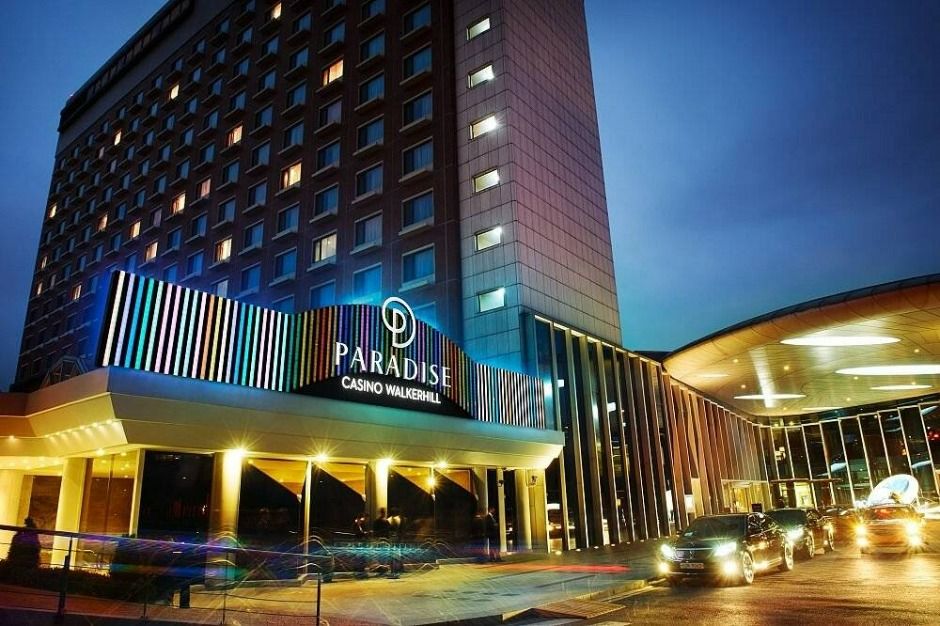

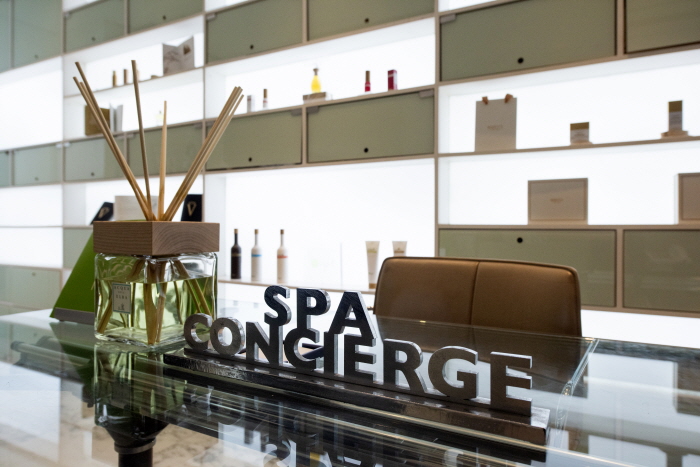
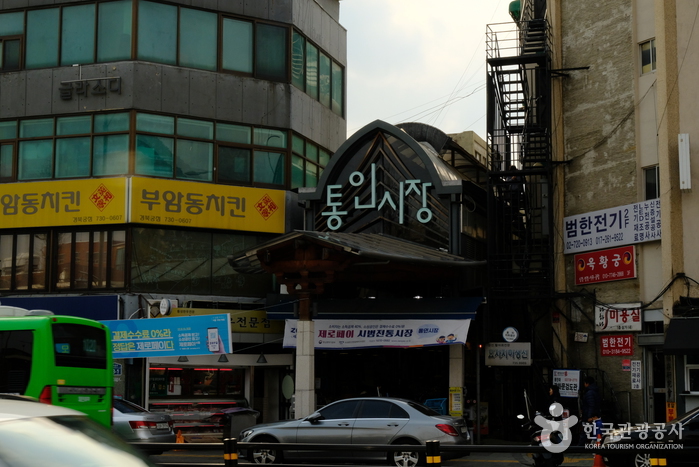
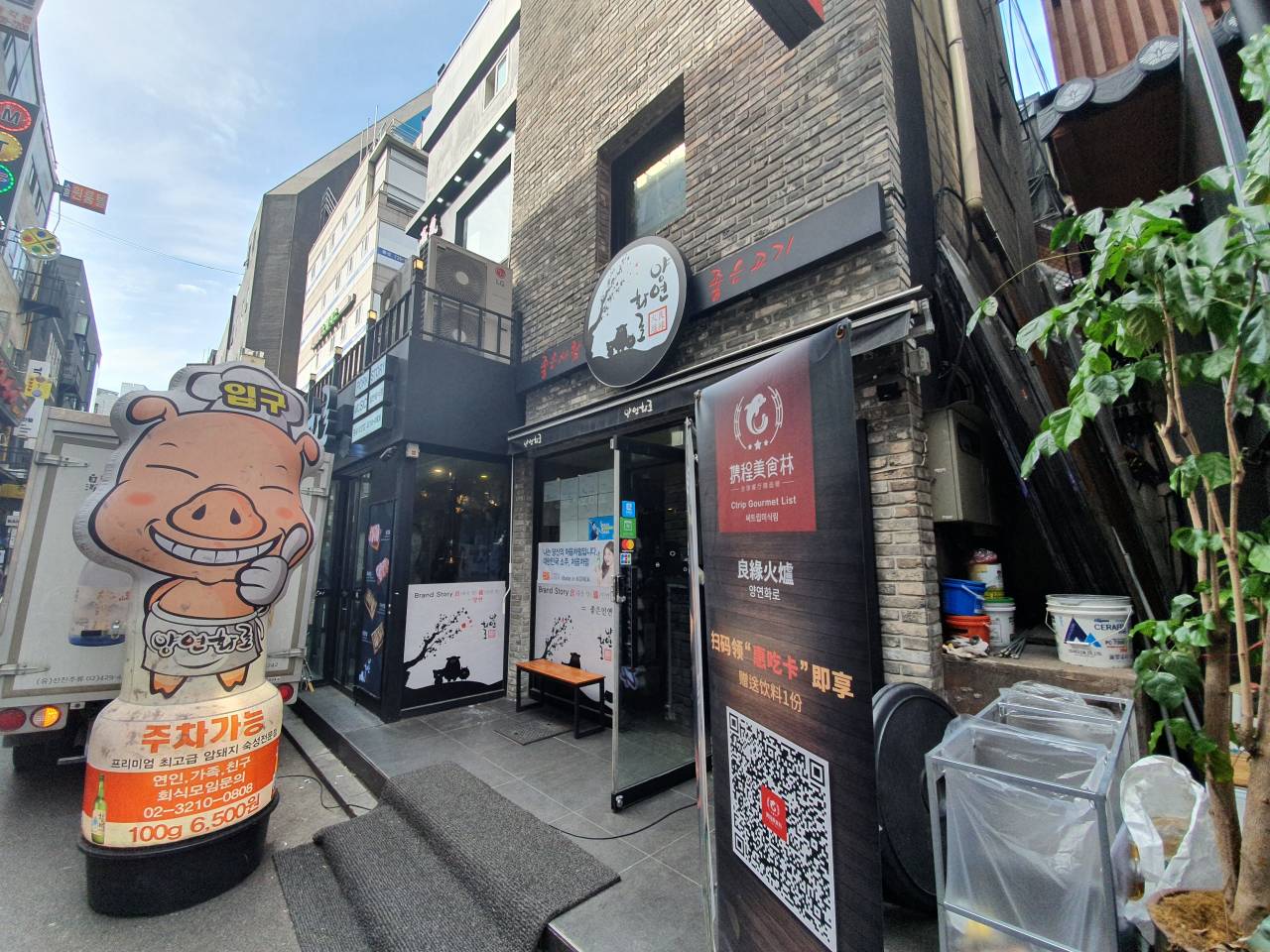
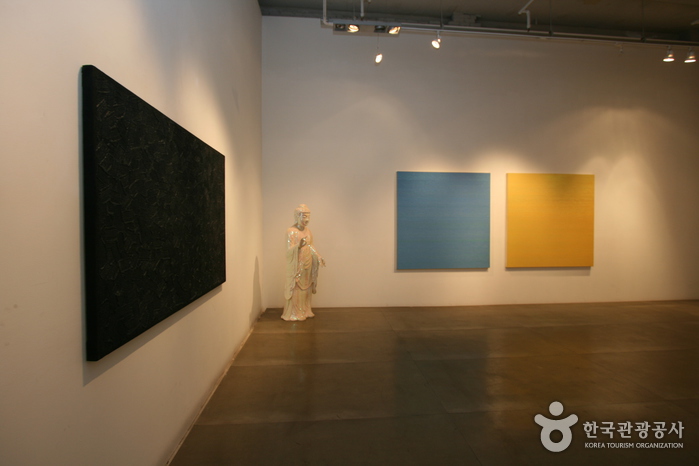
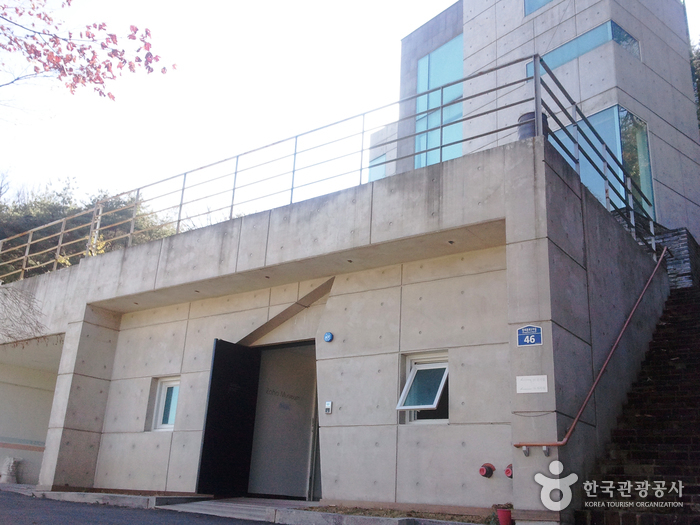
 English
English
 한국어
한국어 日本語
日本語 中文(简体)
中文(简体) Deutsch
Deutsch Français
Français Español
Español Русский
Русский